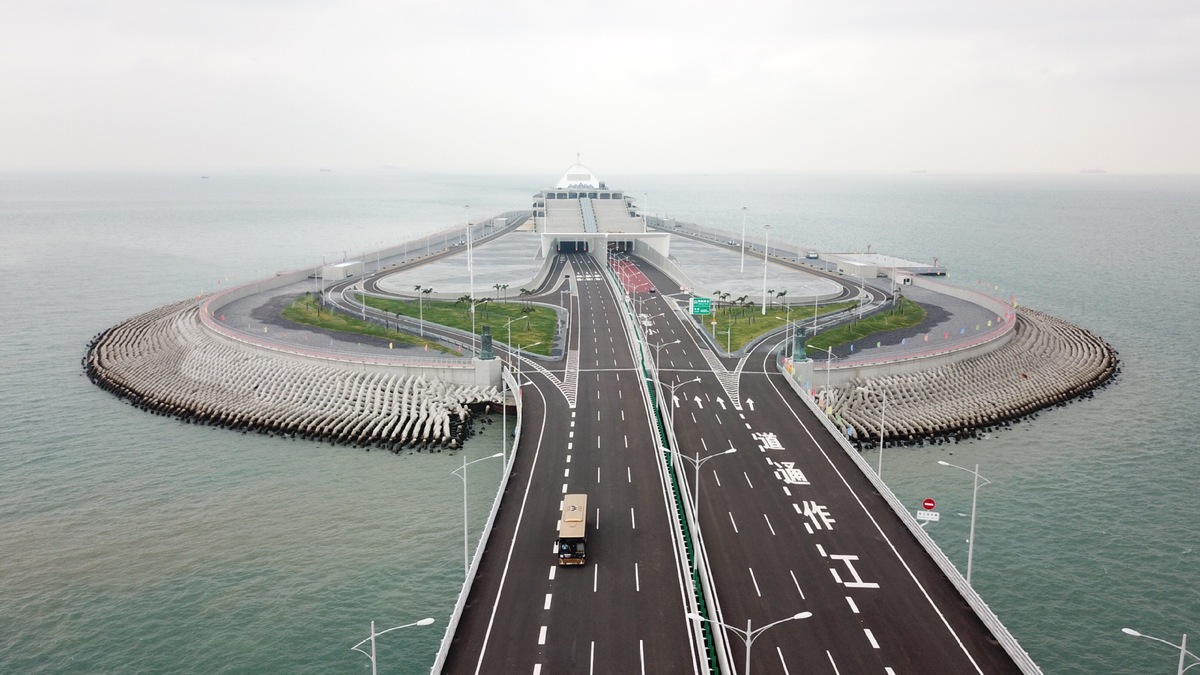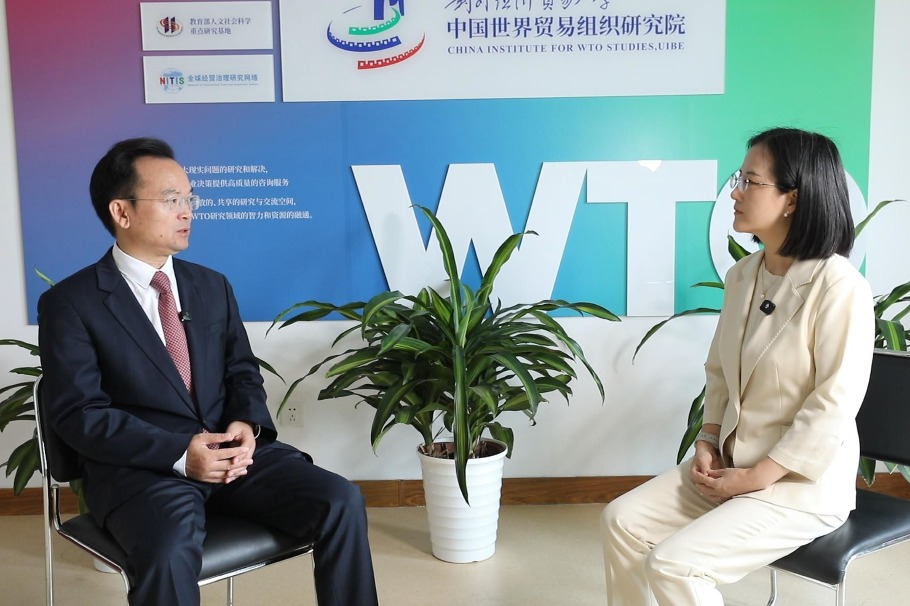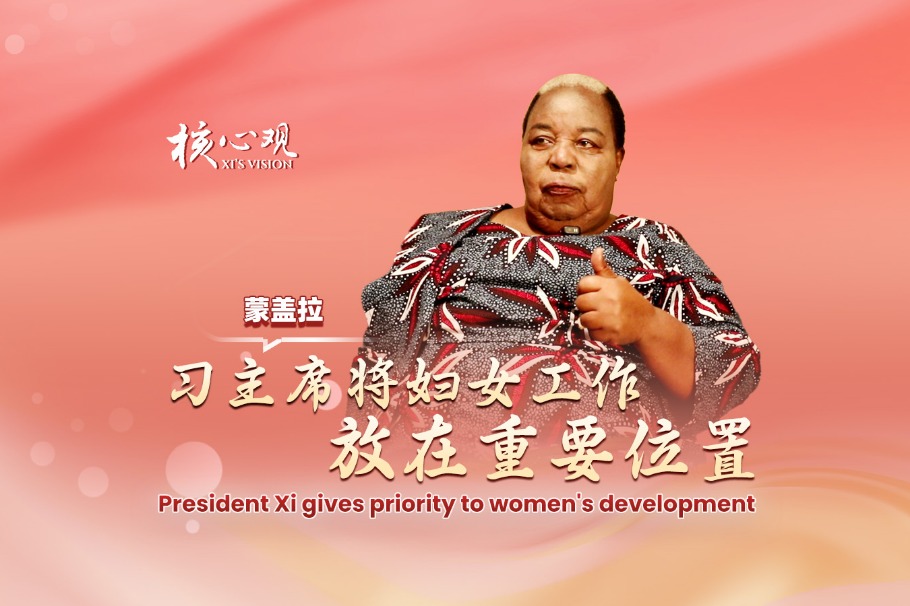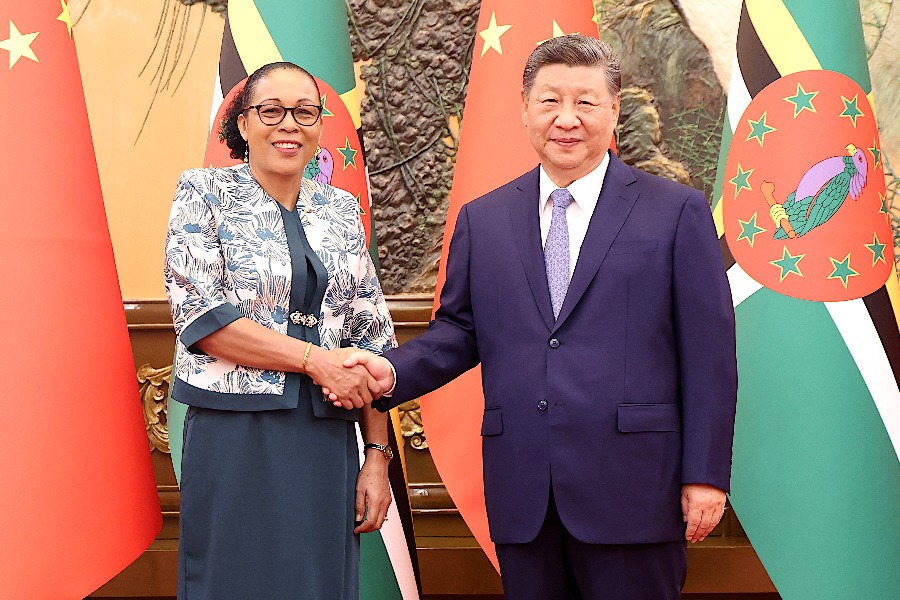Why 'China slowdown' worries are overblown


More room for investment
Thanks to the ongoing government deleveraging campaign, the build-up of debt since the financial crisis in 2008 is now much less of a concern for the Chinese economy.
In 2018, China made steady progress in what it calls "structural deleveraging," using tailored measures to bring down leverage in different sectors.
The corporate sector, often considered the most troubled in terms of debt levels, has seen a decrease in the leverage ratio thanks to the debt-to-equity swap program, which allows companies to exchange their debt for stocks.
As most of China's debt is priced in local currency, and the debt owed by strategic sectors are often backed up by the central government, it is unlikely a financial crisis would occur, said Credit Suisse in its report on investment outlook for 2019.
With stable debt levels, the country has more room for effective investments to shore up growth. The country has vowed to ramp up efforts to fix weak areas in infrastructure and increase investment to support relocation programs.
"As we continue to implement policies this year, we can expect stronger investment data," said Ning Jizhe, head of the National Bureau of Statistics.























